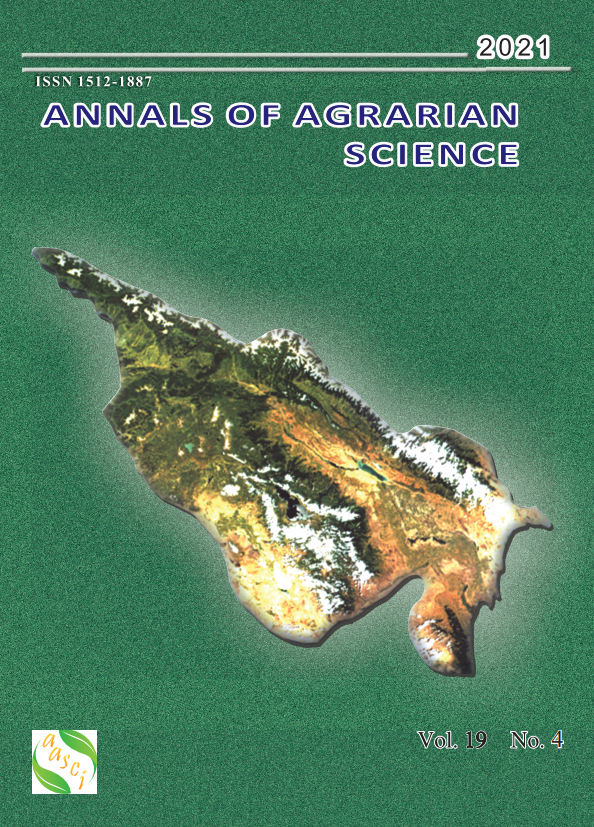Microorganisms and Plants as Tools for Phytoremediation of Soil Polluted with Different Forms of Arsenic
Keywords:
Phytoremediation, soil pollution, Arsenic, arsenate, arseniteAbstract
The presented work concern to establish the basis of cleaning technology for arsenic-contaminated soils in Georgia. To achieve this aim, the selected microorganisms and plants for phytoremediation of soil polluted with different forms of arsenic ( As+3 - and As +5) have been tested. Model experiments were carried out to test the suitability of plants - fern and sunflower for phytore-mediation of artificially contaminated soils with arsenite or arsenate. Thus, among the plants tested in the experiments, the most effective was sunflower, which can decrease arsenic content in soil at 200 ppm contamination with As+3 by about 35% and in case of contamination with As+5 - by almost 50%. It is important that the degree of purification of soil contaminated with arsenic increased by plant if the soil is enriched with bacterial strains that have the oxidizing-reducing ability of arsenic containing compounds.



